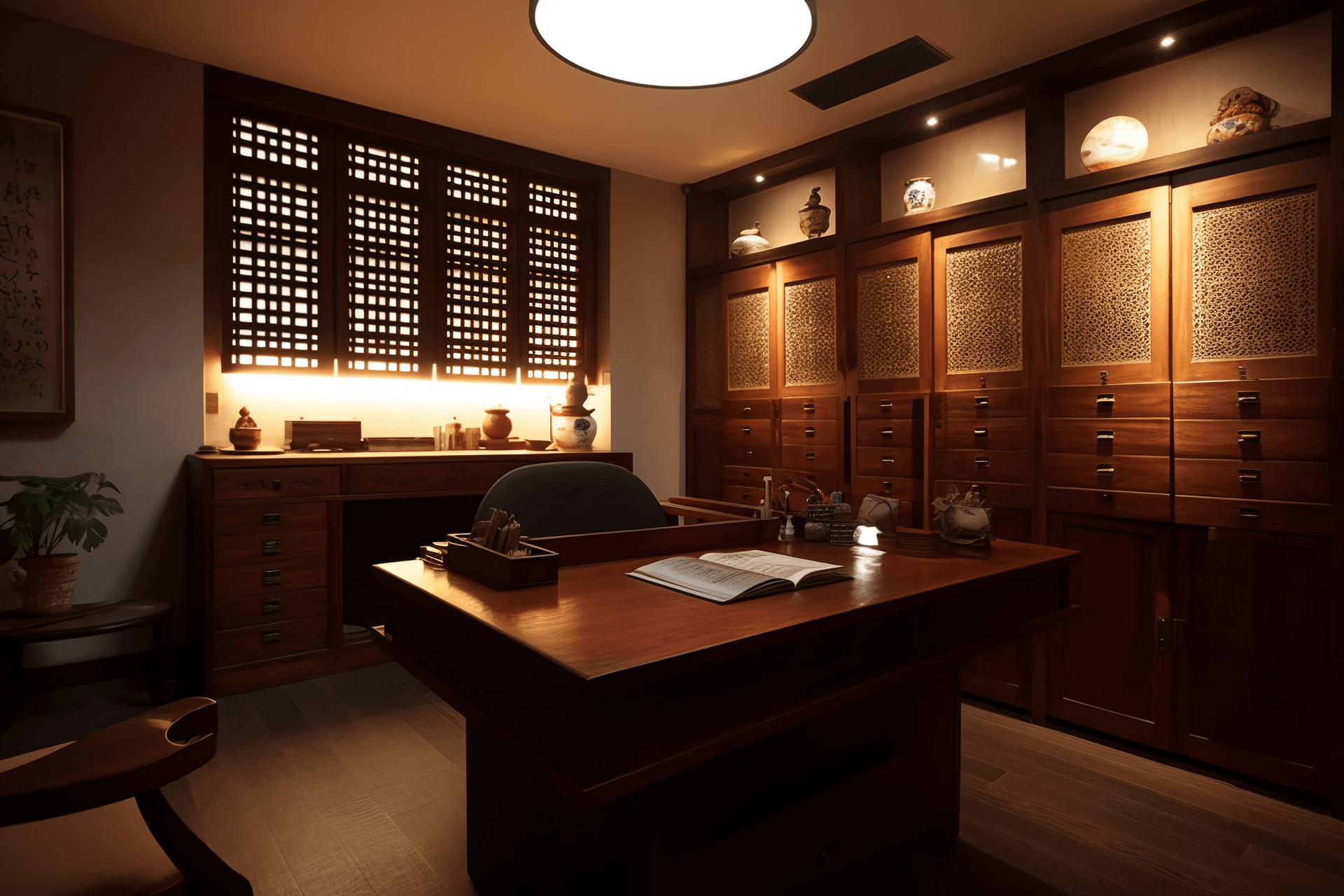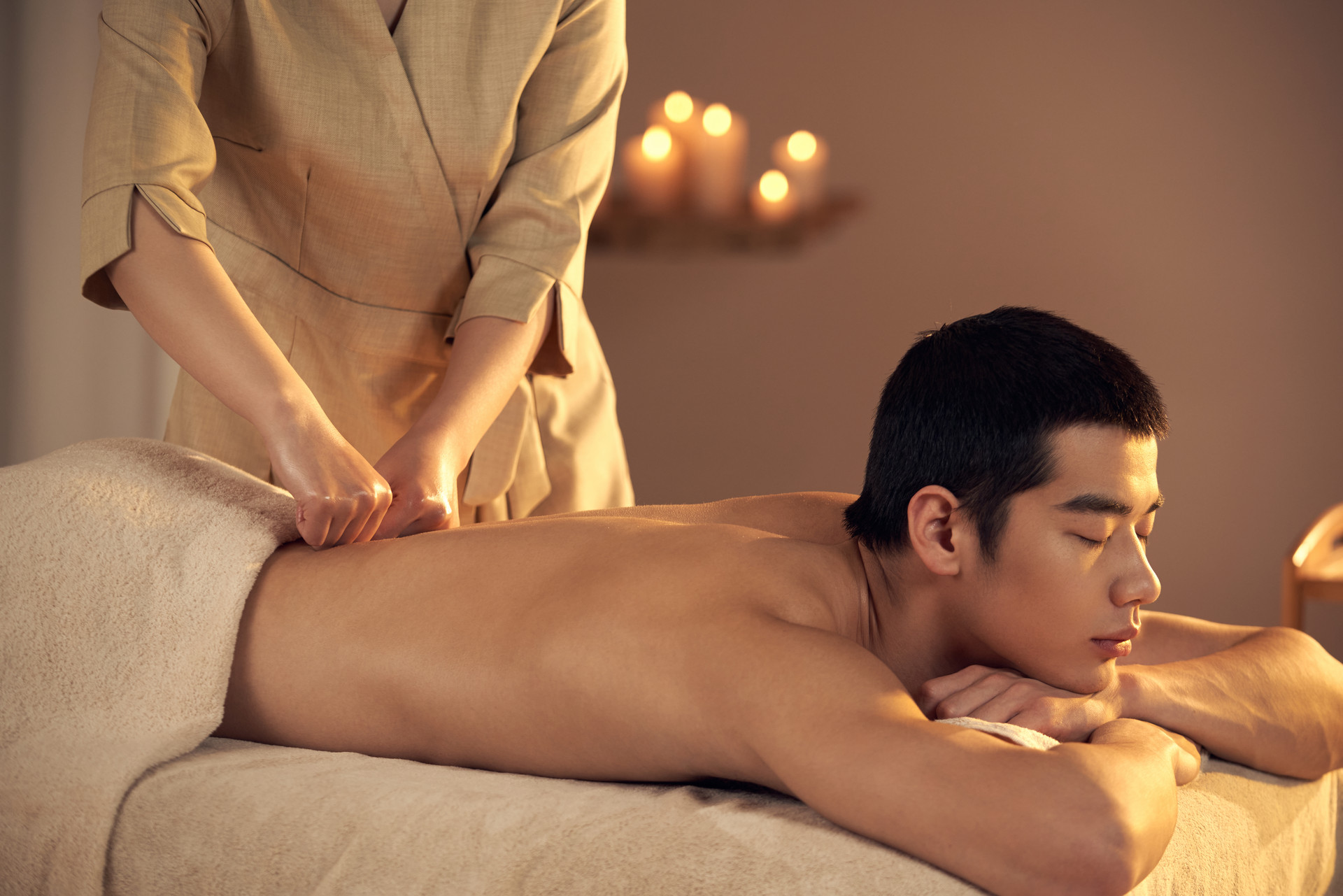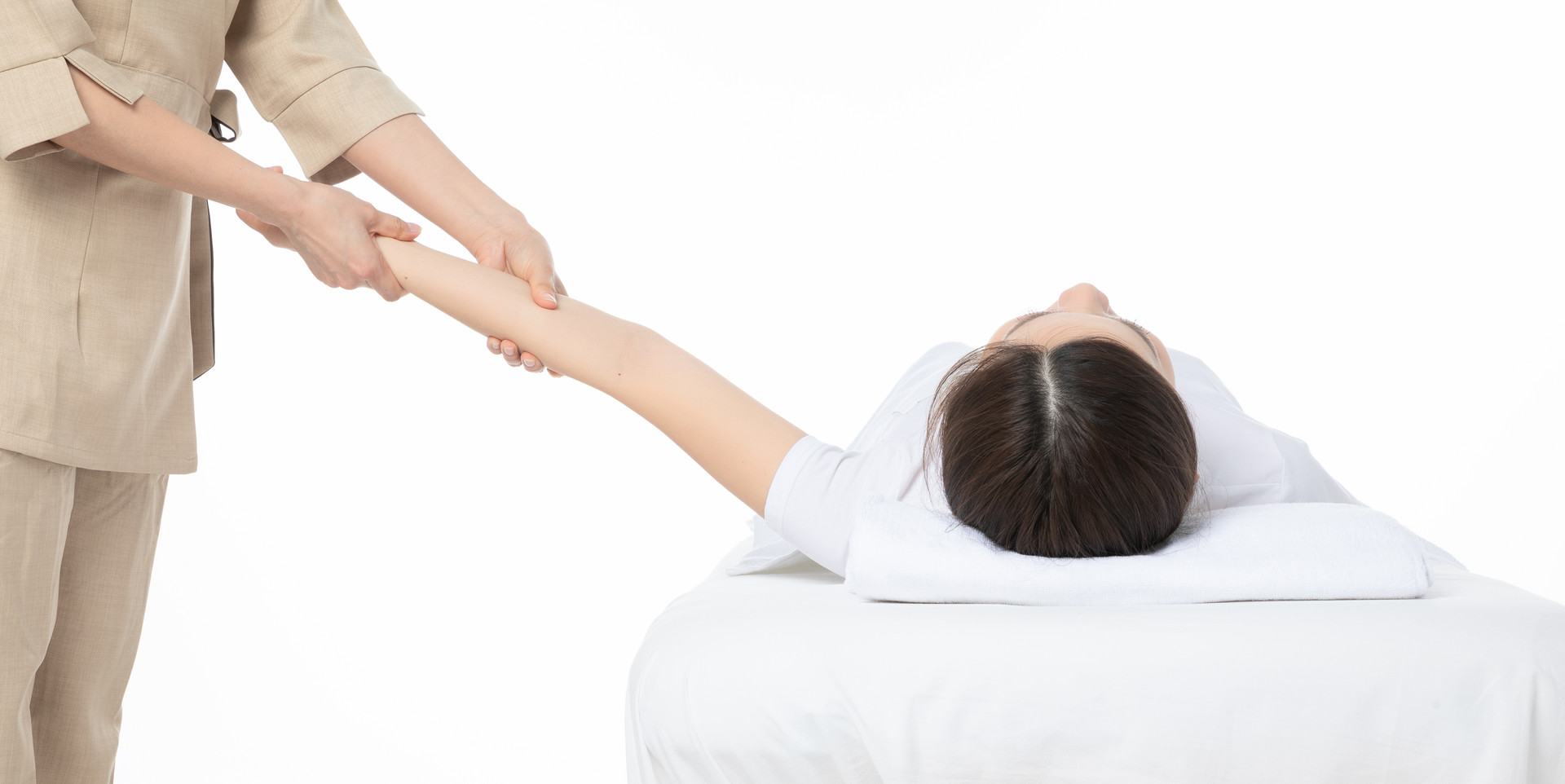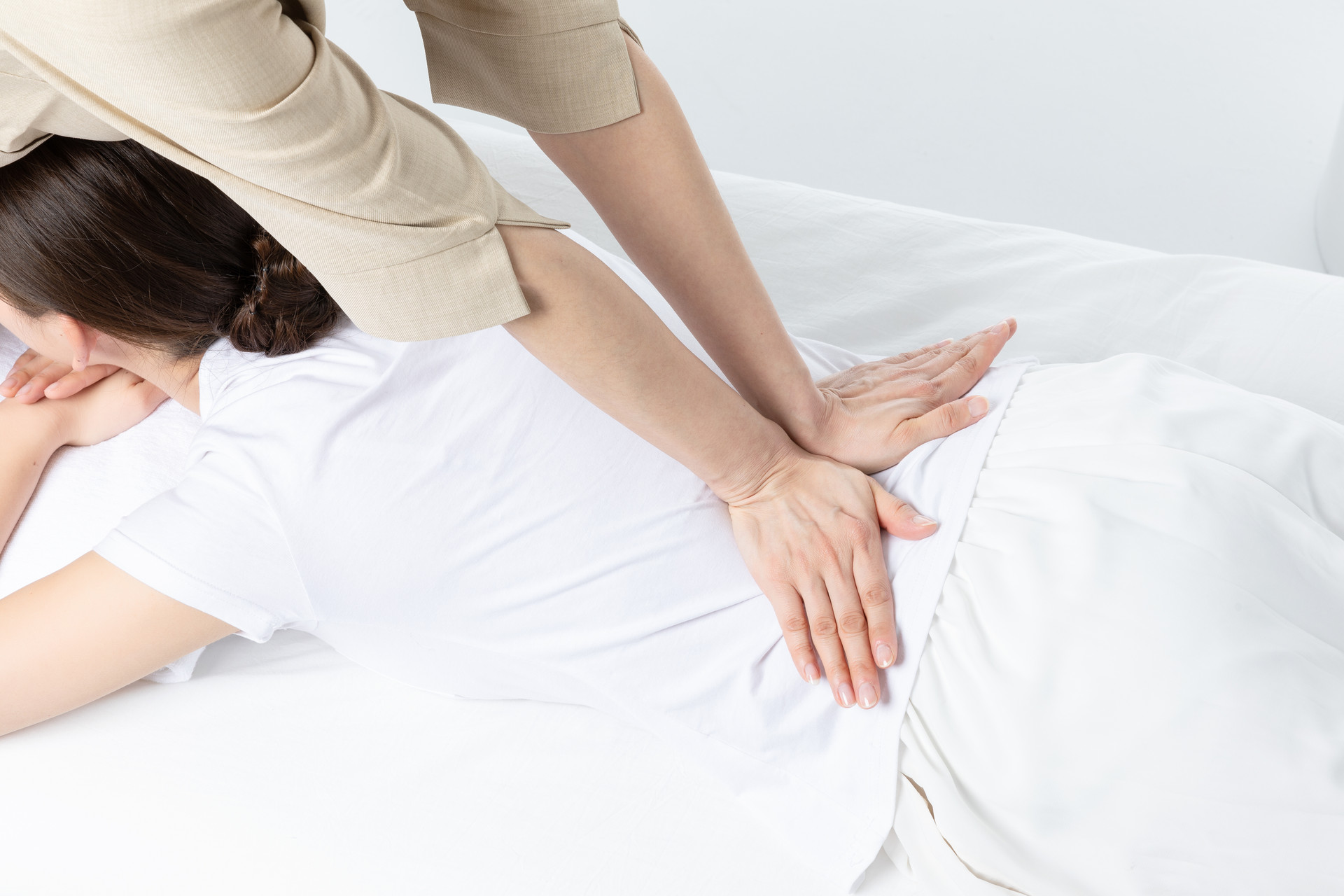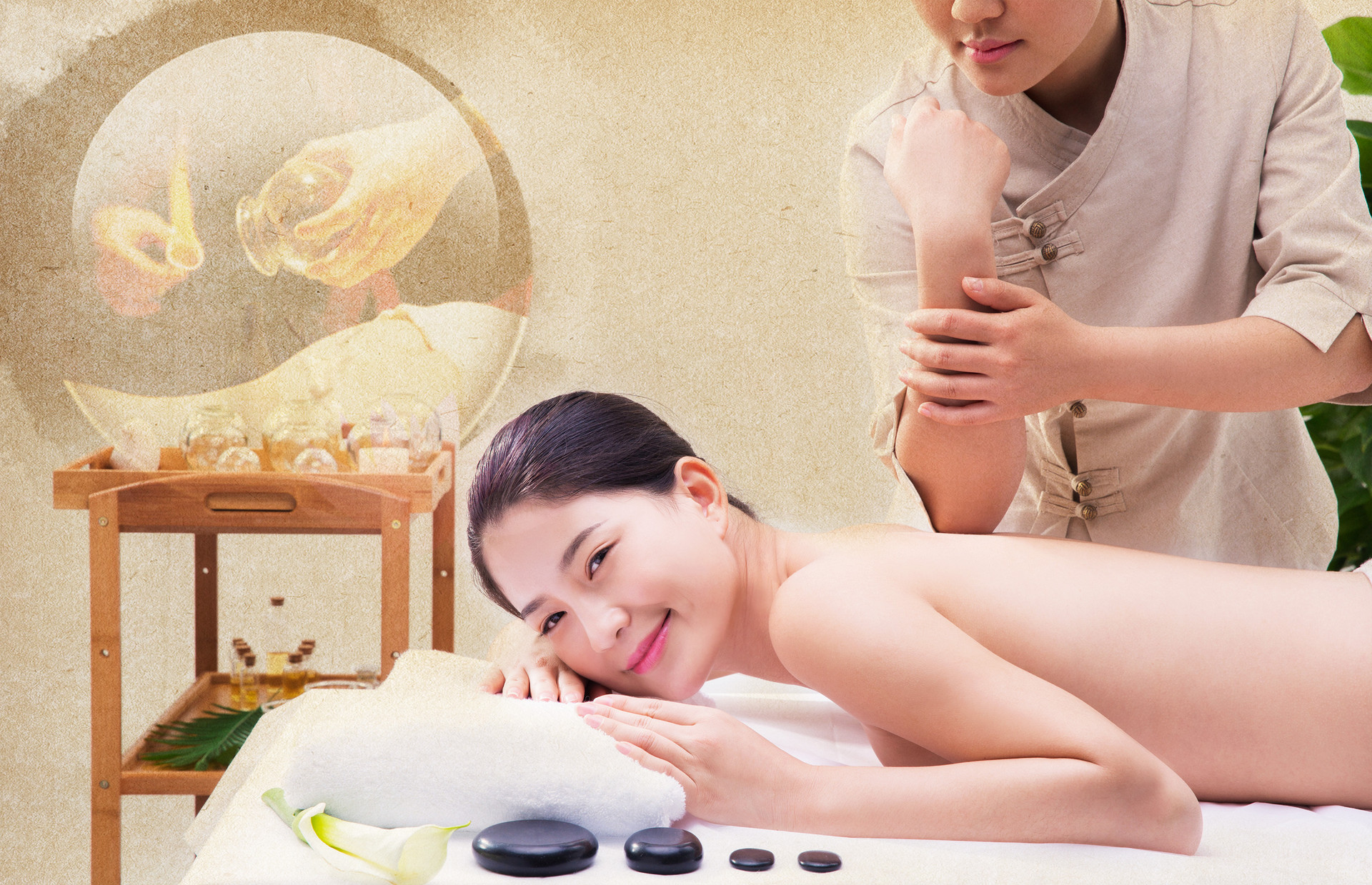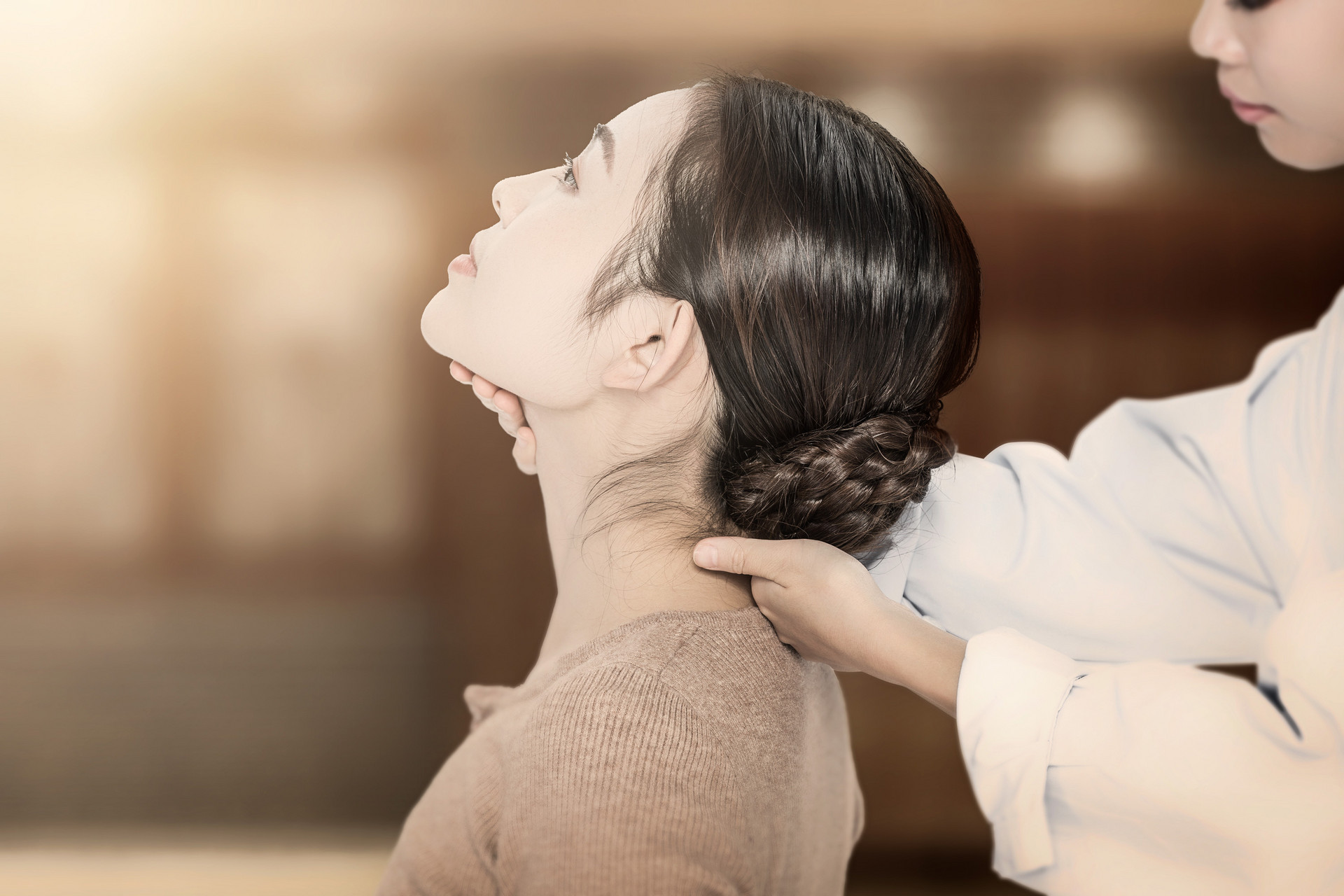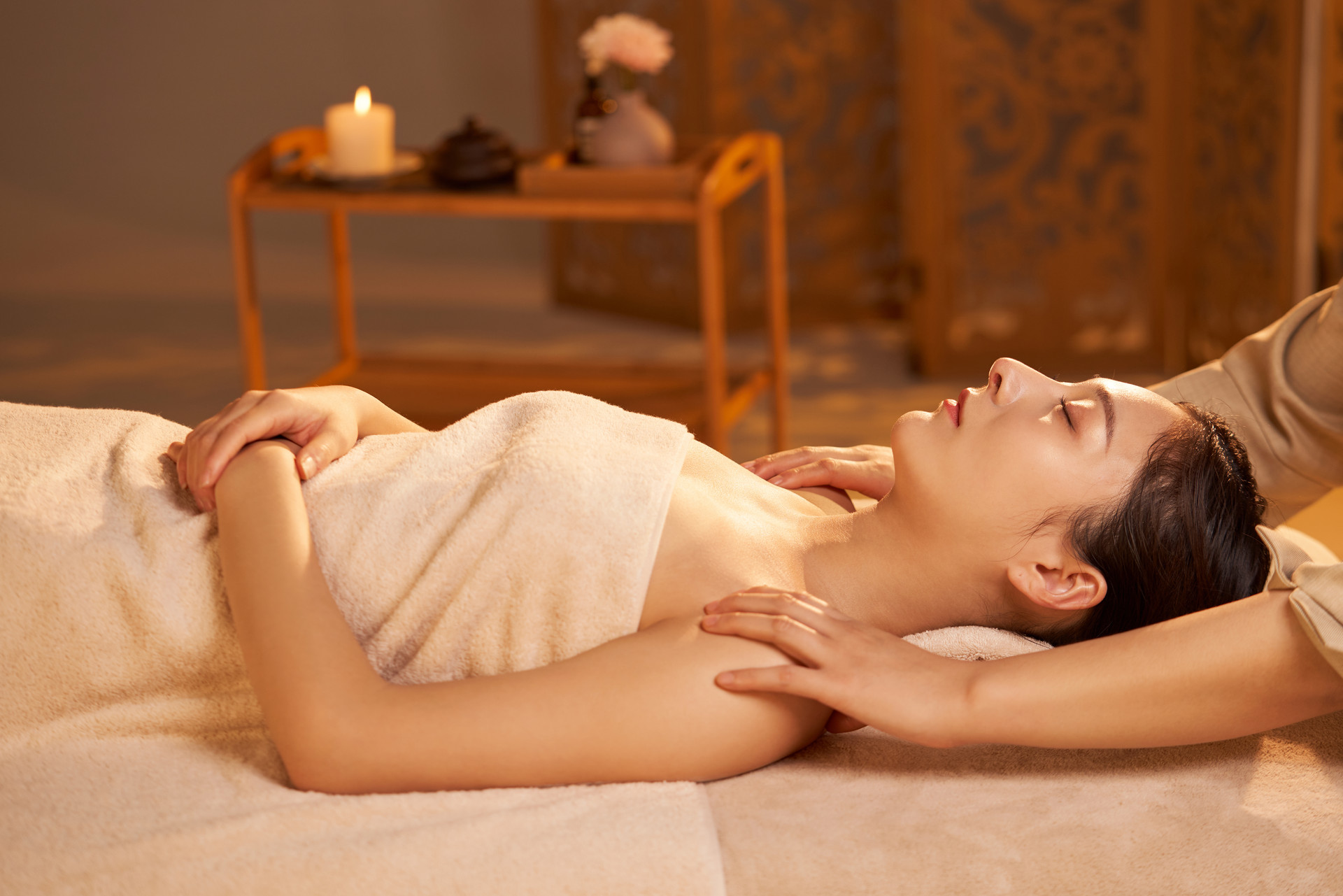Zhi Chan Tui Na therapy is a type of massage therapy based on the theories of traditional Chinese medicine, including the theory of yin-yang, the five elements, the organs and meridians, as well as the theory of qi and blood. It utilizes the four diagnostic methods and emphasizes the identification of the causes of diseases and the treatment based on syndrome differentiation. It combines basic knowledge of physiology, anatomy, pathology, and clinical experience. Zhi Chan Tui Na therapy mainly uses the technique of one-finger Zen pushing to treat and prevent diseases. Its origin can be traced back to more than 160 years ago, during the Xianfeng period of the Qing Dynasty, when it was taught by Li Jianchen from Henan. The Zhi Chan Tui Na therapy currently used and passed down is a form of massage therapy developed by Wang Songshan and others based on the techniques taught by their master Ding Fengshan (a disciple of Li Jianchen). It includes four major schools: Zhi Chan Tui Na, wrapping, winding, and tapping. Zhi Chan Tui Na therapy has the advantages of gentle and deep technique, accurate acupoint pressing (with small contact area and strong pressure), and is particularly valued for its gentleness. Therefore, it is suitable for various parts of the body such as the head, face, neck, shoulders, back, abdomen, waist, hips, and limbs. It can treat both internal and external diseases of the internal organs and meridian and musculoskeletal disorders caused by internal and external factors. It is especially effective in treating miscellaneous internal diseases (such as headaches, insomnia, and fatigue), gastrointestinal diseases (such as stomach and intestinal pain, and gastrointestinal dysfunction), as well as joint and muscle pain. Zhi Chan Tui Na therapy is popular in East China, North China, Southwest China, and Northeast China.
【Operational Methods】
1. Techniques of Zhi Chan Tui Na therapy
- Pushing technique includes one-finger push, oblique peak push, bent finger push, pushing and kneading, and pushing and rubbing.
- One-finger push: Using the fingerprint side of the thumb to apply force and produce alternating light and heavy strength.
- Oblique peak push: Using the radial side of the thumb with a peak force, the wrist naturally extends, and rhythmic light and heavy strength is applied. It is often used for the facial area.
- Bent finger push: The thumb is flexed, and force is applied from the metacarpophalangeal joint of the thumb. It is commonly used for the neck, abdomen, and limb joints.
- Pushing and kneading: Combining pushing and kneading actions.
- Pushing and rubbing: Using the thumb surface to apply force while the other four fingers perform rubbing actions.
2. Holding technique: Using one or both hands with all five fingers together in a pincer-like shape to apply force to the affected area.
3. Pressing technique: Applying force to the body surface with fingers, palms, or elbows, and performing pressing actions. The force should not be too strong.
4. Rubbing technique: Using fingers or palms to perform circular rubbing movements on the body surface.
5. Rang technique: Using the wrist to move the empty fist, making the interphalangeal joints of the four fingers move slowly on the body surface at a speed of about 160 times per minute.
6. Nian technique: Using the fingertips of the thumb and index finger to pinch and rotate the affected area.
7. Chao technique: Using both hands to lift the body from bottom to top, then lowering it repeatedly.
8. Cuo technique: Using fingers, palms, or fingertip of palms to apply force on the body surface, rubbing and kneading from top to bottom.
9. Chan technique: Similar to the pushing technique but faster and gentler, with a speed of more than 20 times per minute.
10. Rou technique: Using fingers and palms to suck and fix on the body surface, performing internal or external rotation rubbing movements.
11. Yao technique: Holding the patient's joint with the hand and performing left and right rotating movements.
12. Dou technique: Holding the patient's upper or lower limb with both hands and slightly shaking it up and down.
13. Fa technique: Using both hands to hook the Qi Hai point behind the ear, pressing the Feng Chi point, and then using the thumb to rub the Da Zhui point for a while.
14. Mo technique: Using both thumbs to rub from the Yin Tang point to the Tai Yang point.
15. Tan technique: Using the fingertips of the four fingers to apply force, and the interphalangeal joints of the four fingers perform quick forward and backward movements.
2. Target areas of Zhi Chan Tui Na therapy
The target areas of Zhi Chan Tui Na therapy mainly include the fourteen acupuncture points and specific massage points. It is particularly suitable for the head, face, limbs, and abdomen and back, such as the forehead, temples, sun, baihui, and the area around the eyes in the head and face, the Neiguan, Quchi, Zusanli, Sanyinjiao, and the area around the joints in the limbs, as well as the epigastric region, arms, and back.
3. Operational steps of Zhi Chan Tui Na therapy
The operational steps of Zhi Chan Tui Na therapy vary depending on the urgency of the patient's condition, the location of the lesion, and the different roles of tonification and evacuation techniques. Generally, the order is usually head and face first, followed by the chest and abdomen (or limbs), and then the back (or limbs). The following is an example, but it is important to adapt to the individual case.
- Head and face (example: headache): Usually, start with pushing the Yintang, Sizhukong, Xuanli, and Taiyang points (use gentle force, avoid excessive pressure), then push the Fengchi and Fengfu points, and continue with pushing the Baihui and Jianjing points. Apply holding and pressing techniques on the Fengfu and Dazhui points, and finally, push the Gaohuang point of the bladder meridian. For deficiency syndrome, use more "supporting" techniques and less "pushing" techniques, while for excess syndrome, use more "pushing" techniques and less "supporting" techniques. When treating deficiency syndrome, ask the patient to close their eyes, and when using supporting techniques, ask the patient to open their eyes. For liver yang headache, use pushing techniques first and then holding techniques, while for wind-cold headache, use holding techniques first and then pushing techniques.
| 1 2 3 > >> >>|



